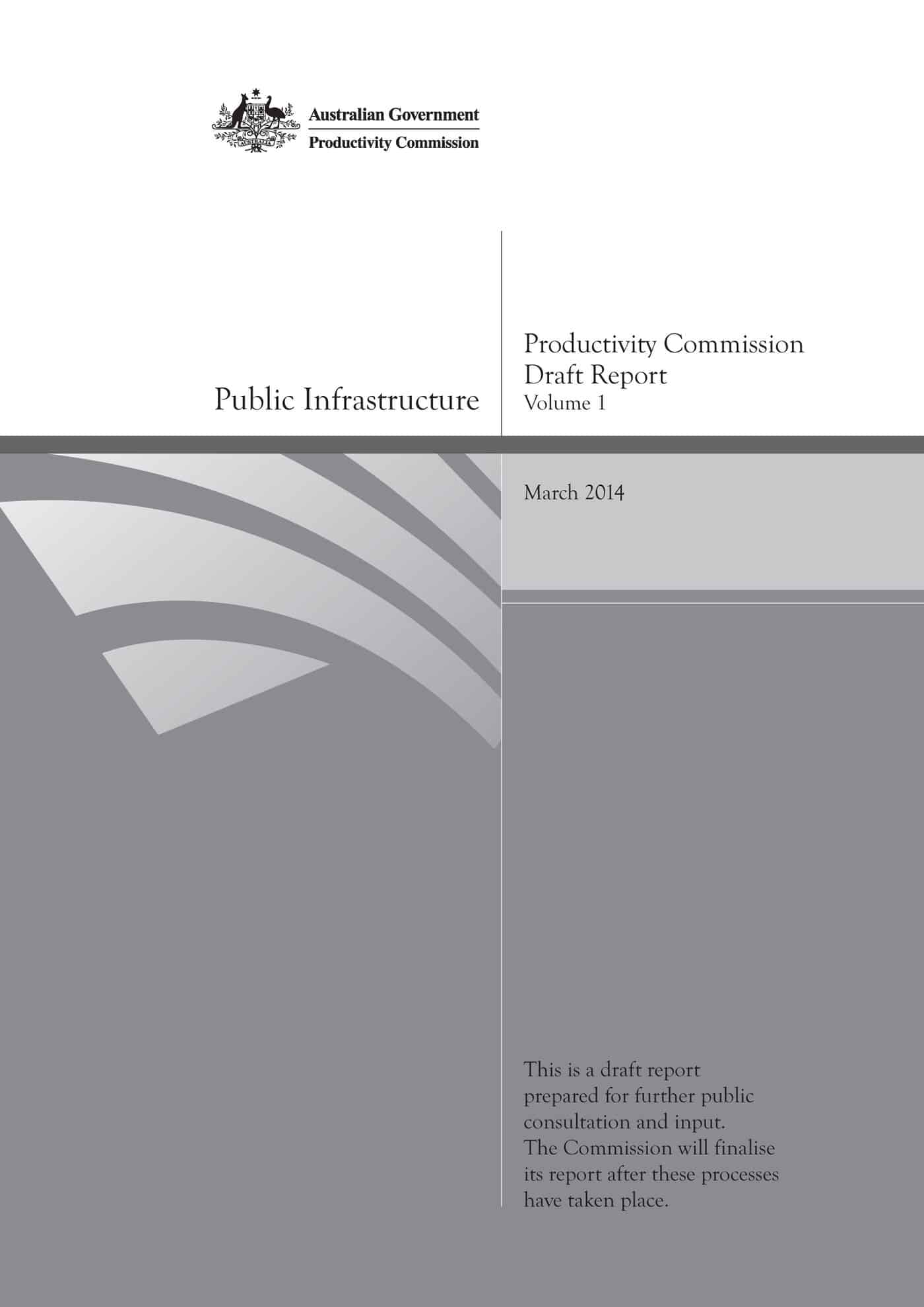 Productivity and regulation is the rationale behind most of the workplace policies of the current Australian Government. Occupational health and safety (OHS) has a role to play in both of these economic and social elements but it rarely gets considered in a positive light. This is partly an ideological position of the conservative politicians but is also due to a lack of economic argument in favour of OHS and an inability, or an unwillingness, to identify essential regulations.
Productivity and regulation is the rationale behind most of the workplace policies of the current Australian Government. Occupational health and safety (OHS) has a role to play in both of these economic and social elements but it rarely gets considered in a positive light. This is partly an ideological position of the conservative politicians but is also due to a lack of economic argument in favour of OHS and an inability, or an unwillingness, to identify essential regulations.
This week Australia’s Productivity Commission (PC) released a draft paper into the costs of public infrastructure projects that includes some telling OHS information even though most of the media has focused on the political angle or on the taxing of cars?!
A brief review of the draft report reveals OHS dotted throughout both volumes of the report and early on there is some support for Safety in Design in the tender development stage.


